KTM 390 Adventure vs Royal Enfield Himalayan BS6: Comparison
Can the quick and agile KTM 390 Adventure go neck-and-neck against the more relaxed Royal Enfield Himalayan BS-VI? We compared both these entry-level ADVs for to help you make an informed decision.
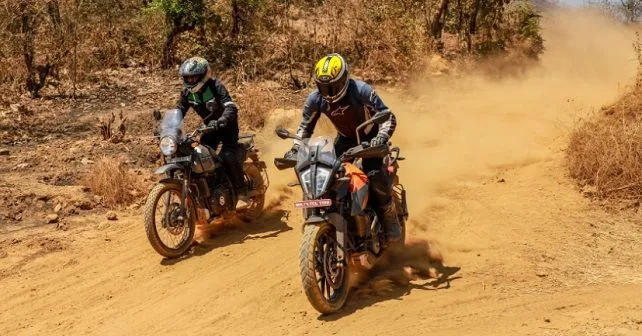
Two entry-level ADVs at different price points and with different tempers pitched against each other – so, which one has got the term 'adventure' right?
ADVs – that’s the buzzword in the motorcycle world right now, for everyone seems to want one of these. Why is that? It’s probably because adventure travel is steadily gaining popularity among common folks. Everyone these days wants to travel more. Everyone loves taking the road less travelled. Everyone is seeking a thrill. And, most importantly, everyone wants kickass Instagram pictures! Not to mention, with ongoing coronavirus lockdowns, people are restless to step out of their houses more than ever.
Coming back to ADVs, for well-off moto-travellers, we've always had big and powerful adventure motorcycles on sale in our market. But for people with not-so-deep pockets or college kids who still cling on to their parents for financial support, it wasn’t until 2016, when the Royal Enfield Himalayan was launched, that we got a true-blue affordable ADV.
While the Himalayan paved the way for affordable ADVs in India, it wasn’t a smooth ride for the bike, initially – it was an adventure bike after all. The Himalayan had many niggles and quality issues, and owners couldn’t stop crying foul about the problems that the bike had. Royal Enfield was quick on their feet to address these issues in the subsequent BS4 version of the bike, which went on sale in 2018. We rode it after its launch and found it to be markedly better than the original model. However, with the BS6 norms coming into force, the Himalayan has been given another update, and we believe it’s now the best version of itself since 2016.
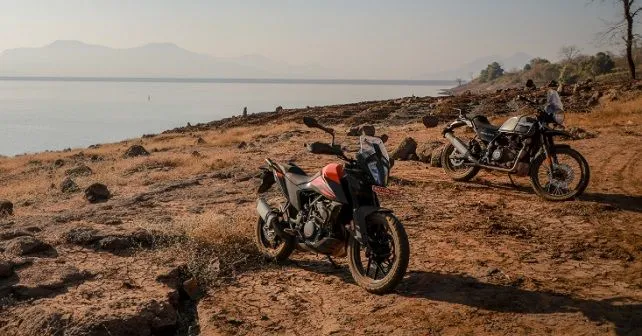
While the Himalayan has gotten better, there’s no denying that it’s not an outright thrill machine in terms of engine performance. And that’s where the new KTM 390 Adventure comes in the picture. It’s an ADV, but it likes to do things in a different manner – it’s got explosive performance, sophisticated off-road equipment, and a very edgy design. Of course, it’s a lot more expensive, but it brings a lot more to the table as well.
Having said that, we think they aren’t direct rivals and shouldn’t be compared with each other. But then, if you want an affordable dual-purpose motorcycle for your adventures, there’s a good chance that you’re comparing the spec-sheets of these two bikes very closely. So, how do these ADVs go about doing their adventure business, and what do they offer to the buyer? Let’s hit the road and trails to find out…
First impressions: Contemporary vs Crude
The KTM 390 Adventure is a lithe, mean-looking ADV, and thanks to the flashes of orange all over its body, it also has an air of hooliganism about it. That’s all understood because it’s based on the 390 Duke. What I really like about the 390 Adventure is that it looks more like bigger KTM ADVs than a jacked-up version of the 390 Duke. Despite being an entry-level ADV, the 390 Adventure looks big and imposing. Not to mention, it’s wider and taller than the Himalayan as well. Some don’t like its styling – Ravi, for instance, couldn’t stop cribbing about its floating headlamp and how it reminds him of a long-necked crane. However, I have a different opinion. Its pointy head with jaw-like LED daytime DRLS has a beasty appearance – to my eyes, it looks like a bee that’s ready to sting.
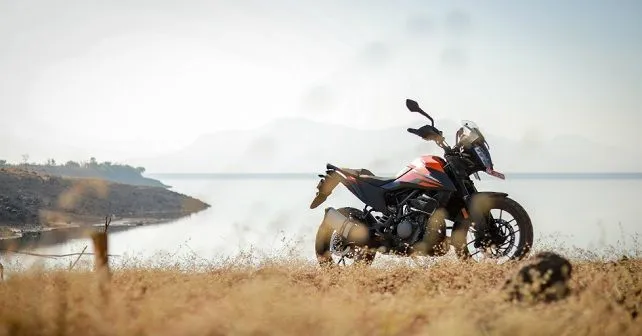
The good thing is that KTM has done a fair bit of functional modifications to make the 390 Duke turn into an adventure machine. The rear bolt-on subframe is all-new. The bike’s wheelbase, at 1,430mm, is also longer by 73mm over the naked version. There’s long-travel suspension at both ends – a 43mm WP Apex upside-down fork provides 170mm travel at the front, while a mono-shock at the back offers 177mm travel. The front wheel is of bigger size (19 vs 17), and the bike rolls on dual-purpose Metzeler Tourance tyres. The handle-bars are placed higher, obviously, and you do also get a narrower seat, an adjustable windscreen, serrated foot-pegs for better grip (rubber inserts are removable), a plastic engine bash-plate, and 200mm of ground clearance. What’s not so nice is its seat height of 855mm, which can be bothersome for riders below 5’8, as a lot of tip-toeing is required to walk the bike around.
Hop on to the Himalayan and life gets much easier. At 800mm, its seat height is easily accessible for everyone, except Santa's elves. The seat is also more accommodating and has softer cushioning. The quality of plastics and fit-and-finish aren’t as good that of the KTM, but it doesn’t feel cheap or tacky either. The buttons do feel a little hard though. The dials are part analogue and part digital as before, but in the BS6 version, you get an additional ABS button in the instrument cluster. All in all, the Himalayan is a bare basic ADV– which is something that’s also reflected in its bodywork. There aren’t many panels in the first place, and everything on its body looks crude. The round headlamp housing features old-school halogen bulbs and comes with a non-adjustable windscreen. The chiselled fuel tank and exposed frame look good, but the Himalayan’s aesthetic can be best described as an example of function over form.
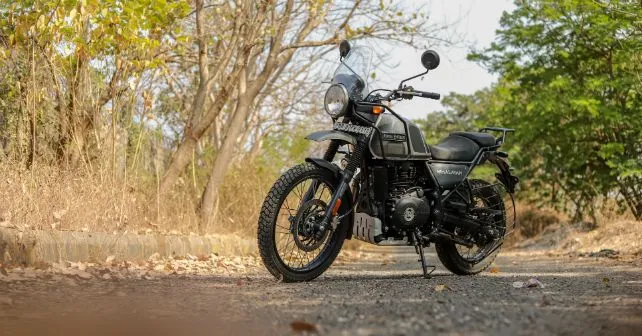
Despite having virtually no bodywork, the Himalayan is a heavy bike – with this BS-VI update, it has gained 5 kilos, which means that it now tips the scales at 199kg! In comparison, the KTM’s kerb weight is 177kg. And there are more areas where the 390 beats the Himalayan black and blue. The KTM’s equipment list is vast – it gets a colour TFT display with Bluetooth connectivity and turn-by-turn navigation, full LED lights all around, ride-by-wire throttle, a quick-shifter, slipper clutch, cornering ABS, traction control, and two riding modes. In comparison, the Himalayan BS-VI gets switchable ABS, and . . . ahem, a compass.
However, as badly equipped as the Himalayan is, it claws back some valuable points for its off-road cred. The Himalayan has better ground clearance (220mm) and longer wheelbase (1,460mm). The front suspension – even though it features a conventional 41mm telescopic fork – has more travel (200mm). The Himalayan also gets spoked wheels as opposed to KTM’s alloy wheels, and they’re of bigger size – 21-inch at the front. Both bikes feature 17-inch rear wheels though. While the Himalayan gets more off-road focussed spokes, they’re tubed tyres as opposed to the tubeless rubber on the KTM.
So, to sum it up, the KTM is a better kitted out ADV, but the Himalayan comes across as a more focussed off-roader. But is that what you feel when you take them out on the road and off it?
On the road: Speed vs Comfort
Powering the KTM is a powerhouse of a motor, which we’re all very familiar with – it’s the same 373cc single-cylinder motor that does duty in the 390 Duke. The engine develops 42.9bhp and 37Nm of torque, which is again identical to its naked sibling. It’s mated to the same six-speed gearbox with the exact same gear-ratios. As a result, the performance isn’t all that different. The acceleration is explosive, and it picks up speed rather briskly. Since it’s a short-stroke motor, the engine revs manically, too. The gear-shifts are smooth and quick-shifter works well. The clutch action is light, and all the components of the drivetrain work in sync with the fiery nature of the motor. Out on the road, it’s as thrilling as its naked sibling, if not more. The only downside of the powertrain is that it vibrates a fair bit. The moment you thumb the starter, you can immediately feel vibrations on the handlebar. Get going, and the pegs also start buzzing after the engine revs past the 4,000rpm mark. Sure, those 43 horses keep you entertained, but this is a vibey motor.

Surprisingly, the Himalayan’s 411cc single-cylinder engine feels more refined at idle. Vibrations are there, but they are well contained. The motor also offers a thrumming soundtrack, which is rather pleasant. In comparison to the ferocious nature of the 390, the Himalayan is more relaxed. It's a long-stroke engine, and it takes its own sweet time to rev, but it revs quite freely. The low-end torque is relatively stronger, and the throttle response is better at low speeds. The mid-range is strong and the torque spread is even until you cross 7,000rpm, which is when the engine runs out of steam. The clutch action is heavy and the gearbox has a notchy feel, just like the BS4 version. Having said that, for the daily commute, it’s a wonderful engine – refined, adequately powerful, and exciting in its own way. However, take it out on an open road, and it doesn’t quite have the punch of the KTM – in fact, keeping the 390 Adventure in your sight will be a task, let along keeping up with it. On the speedo, the Himalayan barely manages to cross 135km/h, while the KTM easily nudges past the 160km/h marker on the same road.
But what’s really appreciable about the Himalayan is that it can cruise all day at 110km/h and in utter comfort. Not to mention, its balanced ergonomics and well-padded seat allow you to munch miles more comfortably. The KTM, albeit faster, has great ergonomics for touring, too, but the engine vibrations and rock-hard seat do tend to tire you out over long distances. And in the city, the KTM’s higher saddle can feel a bit daunting – especially for shorter riders – in traffic jams or waiting at signals, as you struggle to have a flat foot when the bike is motionless.
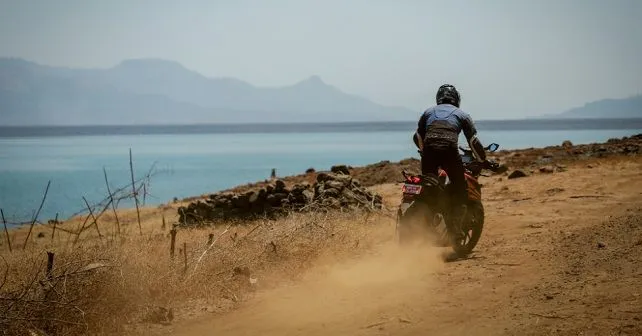
Around corners, the KTM will simply show a pair of clean heels to the Himalayan, which is not only thanks to its superior firepower but also because of a tied-down chassis, better tyres, and stiffer suspension. The KTM is super agile, and it loves corner-carving as much as its naked sibling.
That said, the Himalayan isn’t a bad handler either. In fact, for the kind of hardware it has, the Royal Enfield is, surprisingly, a neutral handling machine. The suspension setup may be soft, but the bike moves around fluidly. The upside of bigger wheels and more suspension travel is that the Himalayan gobbles undulations on the road in a more effective manner – its ride quality is phenomenal. The KTM’s ride quality is firm at low speeds but isn’t unbearable. In fact, the damping is progressive and gets better as the speed rises.
Off the road: Cutting-edge vs Bare-bones
This is where it gets exciting and terrifying at the same time. You see, with an ADV between our legs, most of us are fooled into thinking that the required skillset comes naturally. You may have been riding a motorcycle on the road for donkey's years, but the fact of the matter is that riding off-road is a totally different ballgame. The good thing about these two motorcycles we’ve here is that they’re entry-level ADVs. So, while they may attract seasoned off-roaders, a huge chunk of buyers will still include newbies and people who are still learning the art of dirt riding rather than doing Dakar with it.
I am more of a tarmac guy myself, and I love traction, however, riding off-road gives you a sense of freedom and a different kind of thrill. It’s addictive! The only downside is that losing control and falling over is a part of the game here, and, as various studies have told us already – human bones are fragile. So, my aim, in this comparison, was to see which of the two bikes feels easier to control, is friendlier to learn on, and, more importantly, can better resist the desire to kill me at every opportunity.
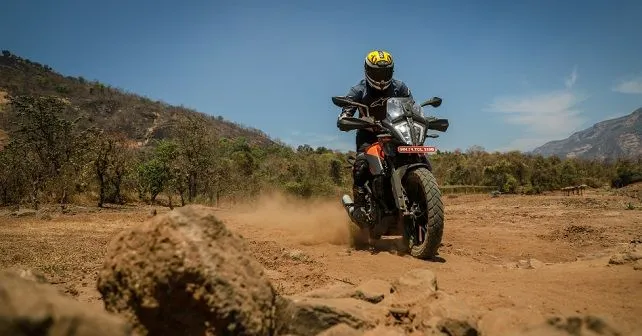
The KTM first. It may look imposing, but once you’re on it, it doesn’t feel all that intimidating. The tall handlebar, grippy fuel tank, and neutrally positioned foot-pegs feel very natural. Standing up and riding feel natural too. As I got acquainted with the bike, I fell in love with it! And that’s because it’s a lovely handler even on rough roads. The front-end feel is phenomenal, and that automatically makes you more confident. Riding it on trails was fun – the acceleration was brisk, the grip from the Metzelers was adequate, if not extraordinary, and it felt nimble and light on its feet. The suspension works well for the most part, but the stiff suspension can hit you back if you inadvertently go over a rock or a bump. The faster rebound makes the ride a bit bumpy over a series of bumps and can catch you by surprise if you hit a rock at high speeds. In global markets, the bike comes with adjustable compression/rebound damping for the front fork, but that's not offered in India. Having said that, the standard-setting worked well for me, and I never really had a moment where the suspension bottomed out.
The brakes on the KTM are brilliant, too – they offer great bite on the road and are even better on the loose turf. The off-road ABS also works flawlessly by allowing the rear wheel to lock-up and slide so that you can steer from the rear or, at least, try to do that!
What didn’t really make me comfortable was the fidgety traction control system and the lack of low-end grunt. The traction control system cuts the power abruptly when it detects slip, and it cuts it off completely. And that makes it quite tricky in some conditions – there are times when you simply want to power out of a tricky situation, but because the traction control doesn’t allow it, and you end up losing the momentum. It’s frustrating! And when you turn it off completely, there’s another problem. You see, as volatile as the KTM’s engine is, it has a very poor low-end. However, the moment you twist the throttle, it revs up like a maniac, and that means you suddenly have a lot of power going to the wheel. To keep things under control in such a scenario, you require a certain level of skill. You really have to be moderate with your inputs, because otherwise, you might end up throwing yourself off the saddle. It can get overwhelming for new riders. The poor low-end grunt also results in a lot of clutch slipping when you go over steep inclines.
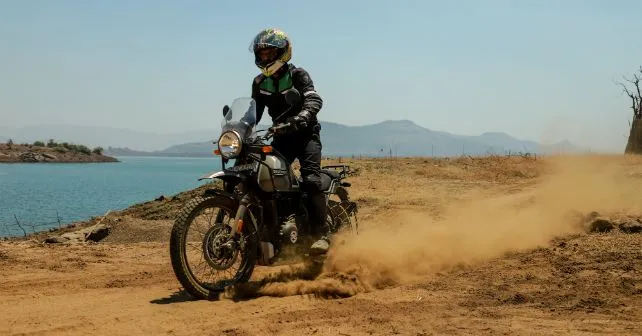
With the Himalayan, that’s not the issue – the relaxed nature of the engine means there are no ugly surprises. The power delivery is smooth, and it’s a very friendly powertrain. What’s also better in the Himalayan is that it feels more natural going off-road. The handlebars are placed relatively higher and are narrower than the KTM’s, the seat height is low, and the tank is slimmer – all of this makes it an easier off-roader to climb aboard. However, once you get going, it doesn’t feel as composed as the KTM. But that’s not to say that it’s a lame off-roader. Instead, it feels a lot more abuse-friendly!
The soft suspension does tend to bottom out at times, but it absorbs shocks brilliantly. Going over boulders and rocks feels rather comfortable than challenging – which is quite enjoyable. It’s a little too front heavy, though, which means that it isn’t as flickable as the KTM. However, at low speeds, it's surprisingly easy to steer through tight places, but once the speed builds up, the front-end doesn’t inspire that much confidence. The brakes have a good bite, but the front lever has a very spongy feel.
Having said that, the great thing about the Himalayan is that it never feels difficult to tame. Despite weighing nearly 200 kilos, it doesn’t feel cumbersome. And, in case you drop it – which you will – it won’t break the bank or itself that easily. It’ll keep on going like an old warhorse.
Choose your adventure
After a long day of riding these two ADVs both on the tarmac and off-road, I’ve come to the conclusion that they both are equally amazing machines, albeit in different ways. You see, the KTM is fast, fiercely exciting, and packs cutting-edge tech. Not to mention, it’s a premium motorcycle and offers great value for your money. Going by its hardware, you may say that it’s not suited for hardcore off-roading, but truth be told, for 95% of its buyers, it’ll do everything that you’d ask of it. Be it trail riding, long-distance touring, occasional off-roading or corner carving – this KTM will do everything for you. Period.

The Himalayan, on the other hand, is not really as accomplished as the KTM, but it’s much more affordable, and it’s a great machine for entering the world of ADVs. It’s not violent like the KTM, neither does it pack as many frills. But, as an ADV, it has all the bases covered. It's a comfortable tourer, easier to live with, offers decent performance, has neutral handling, and when the going gets rough, it simply glides through obstacles without breaking a sweat or a body panel.
All in all, it all boils down to what you want from an ADV – speed and frills or comfort and simplicity. So, I am just going to bail myself out of here by making a simple suggestion – choose your own adventure!
Also read,
• Abuse friendly
Cons • Brakes
• Feels crude & basic

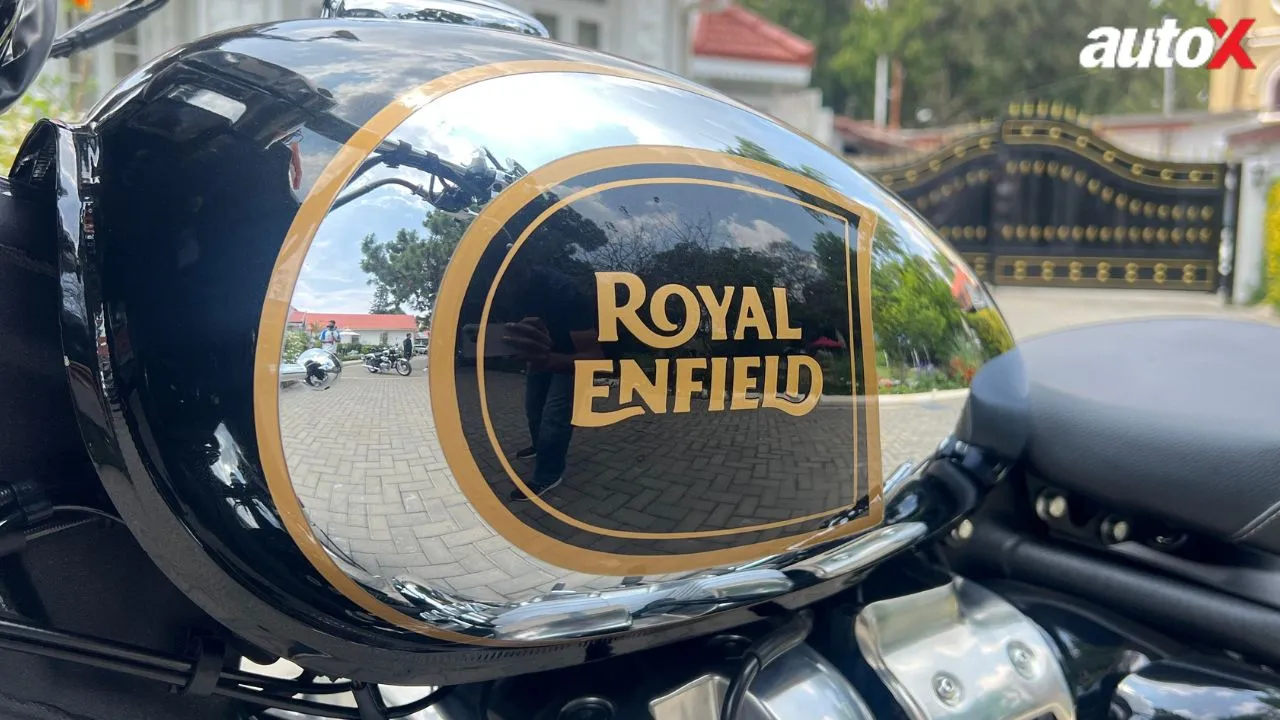

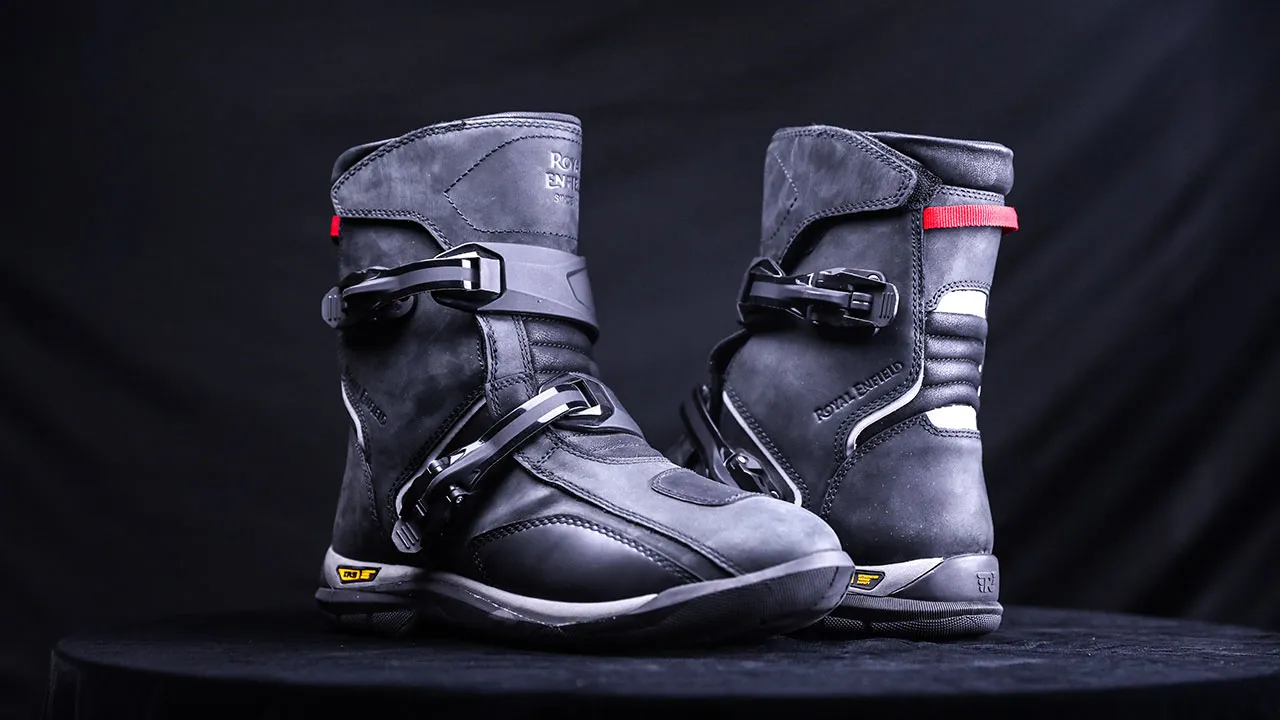
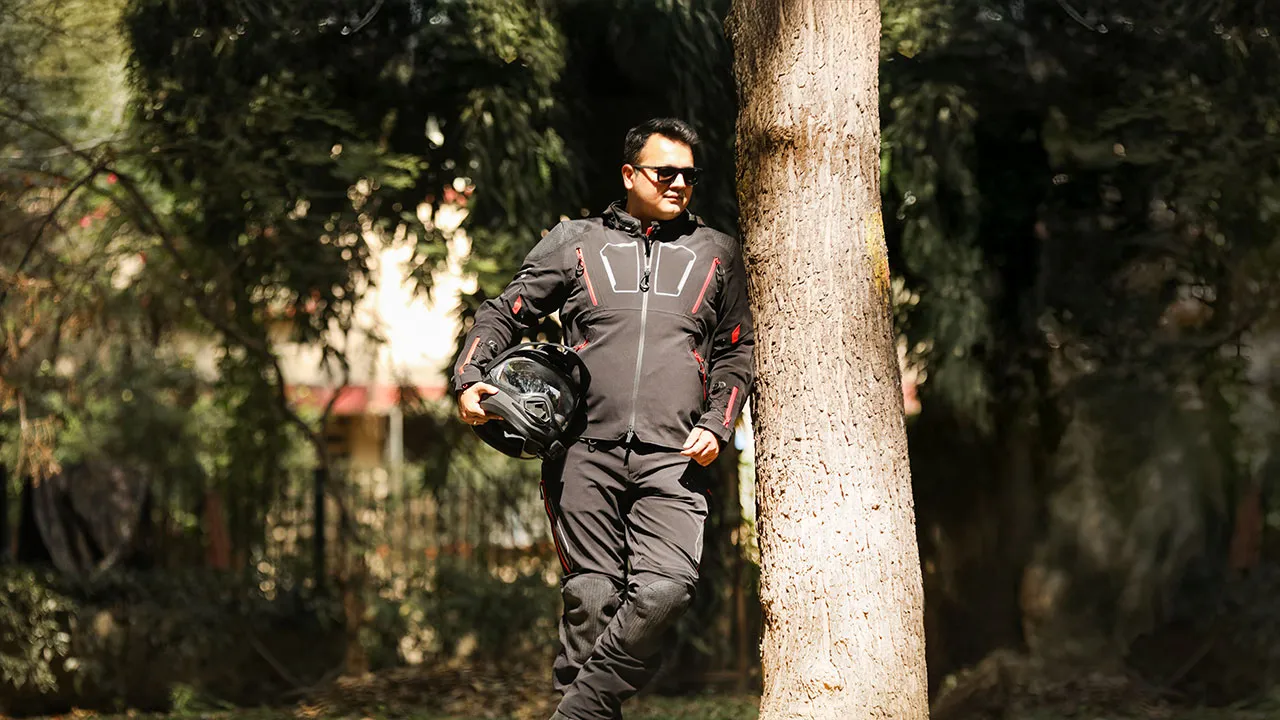
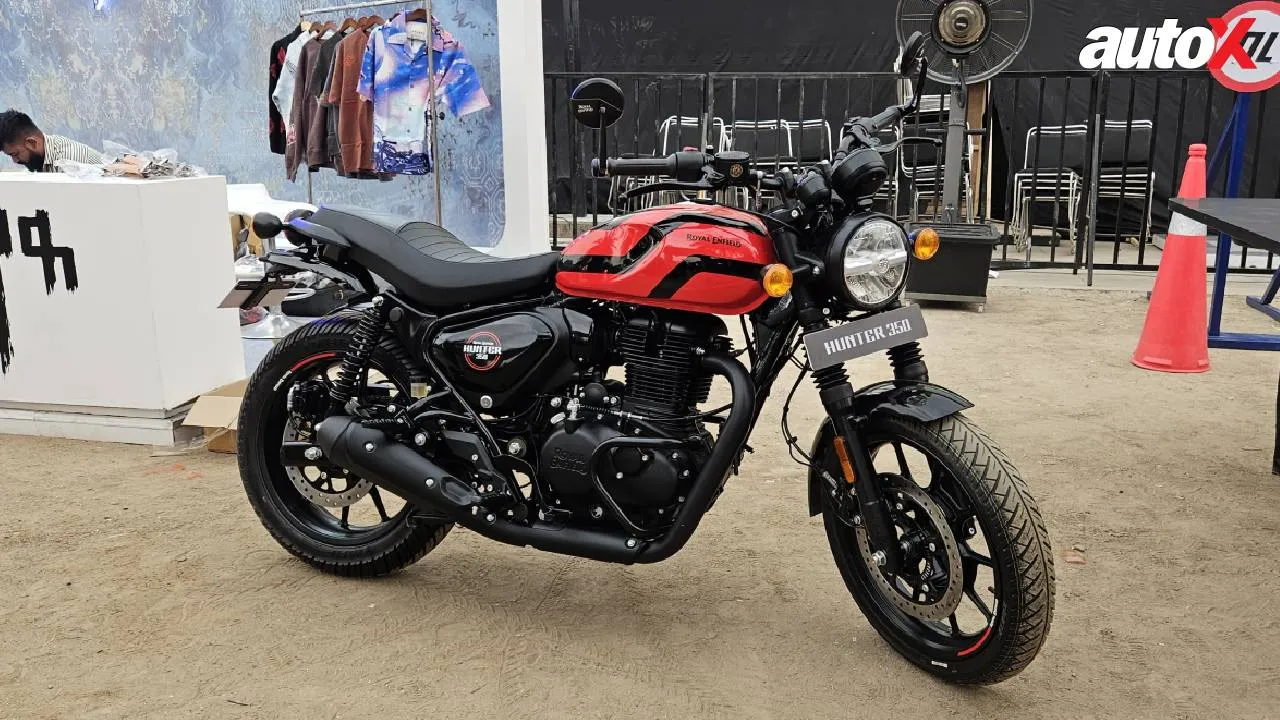

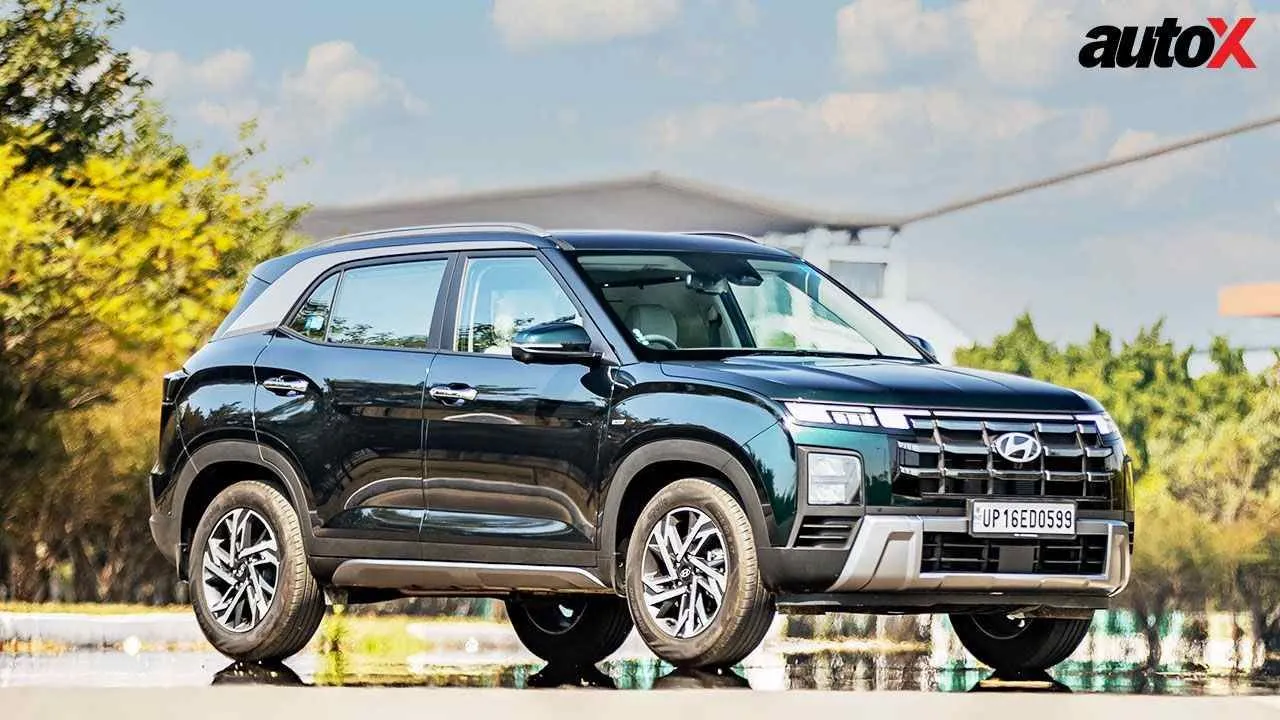
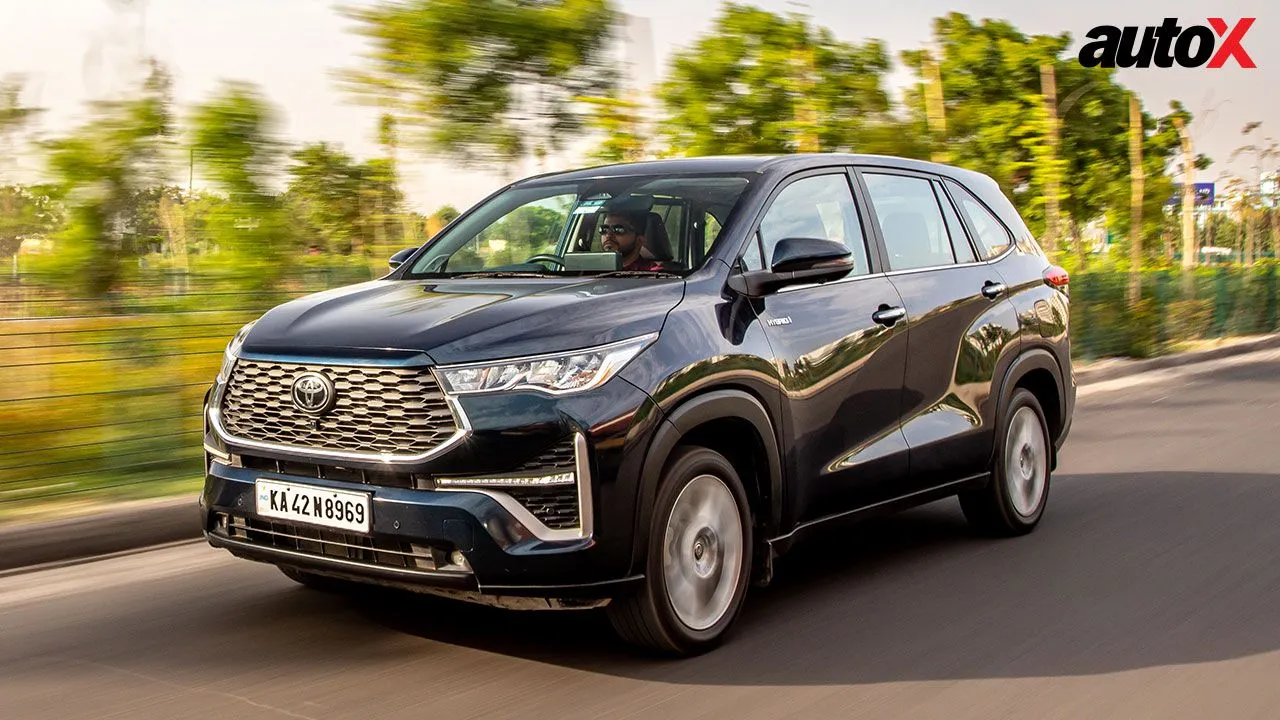
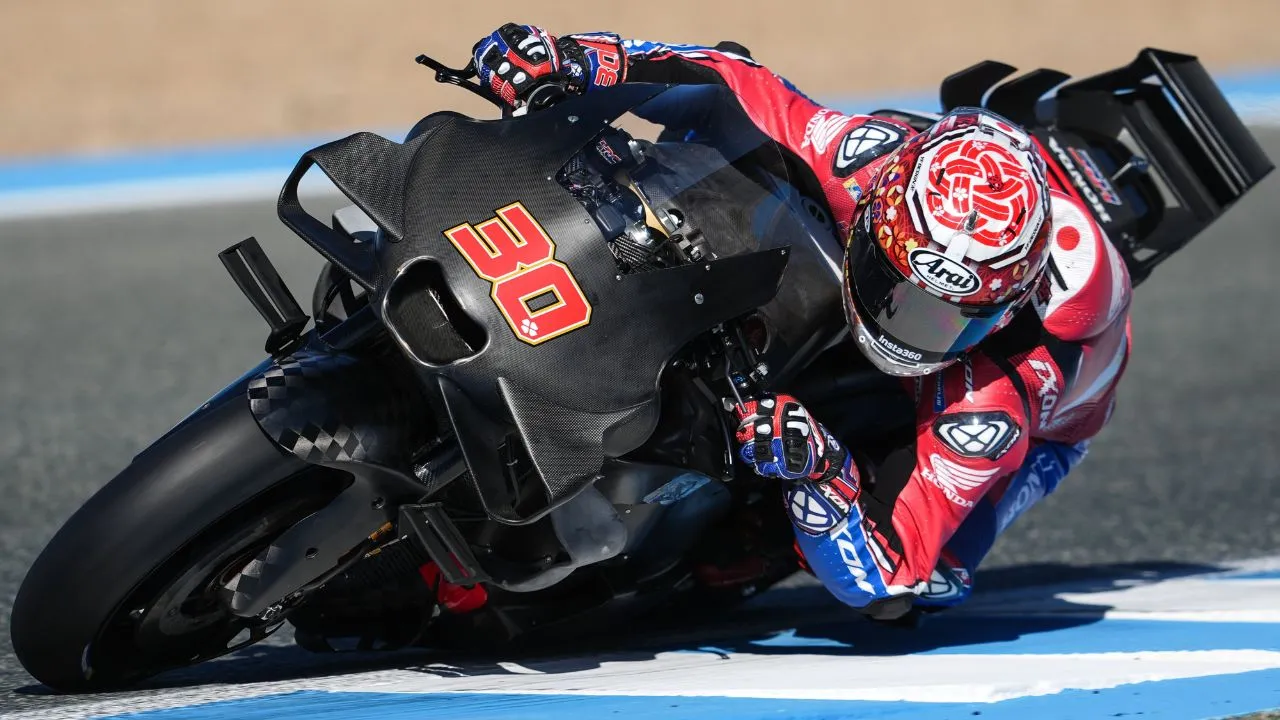

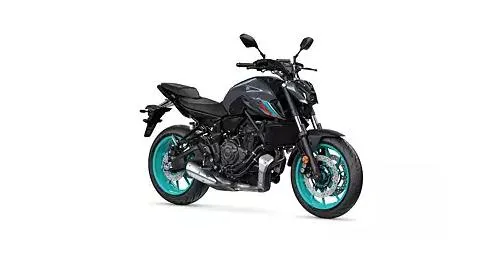

















Write your Comment on